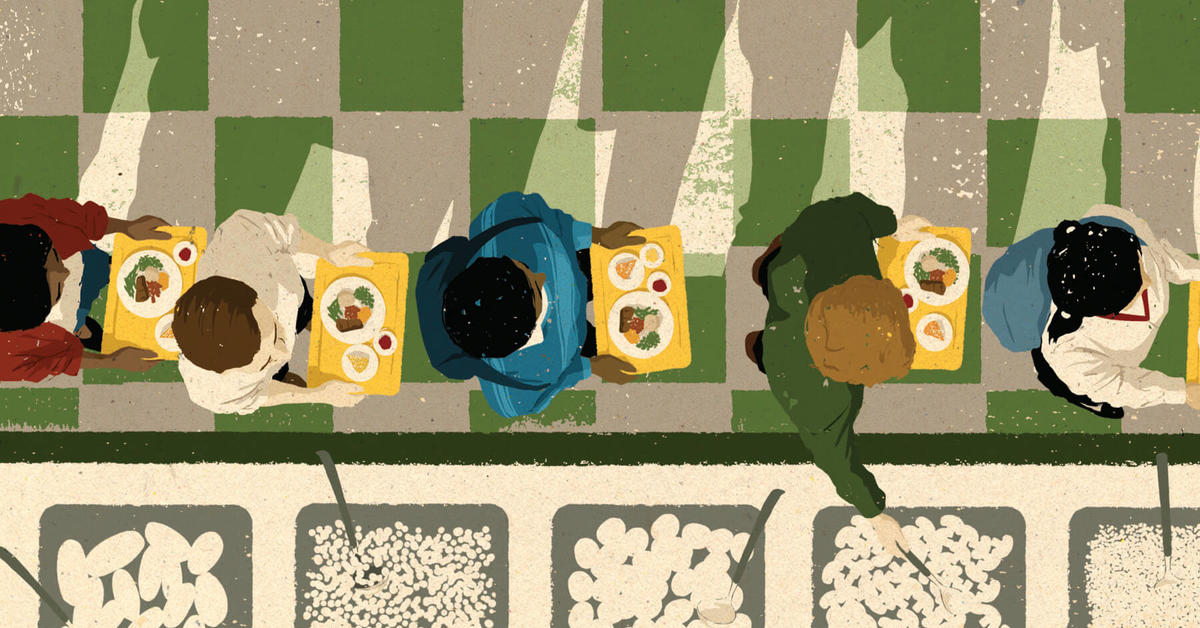This might be the last blog I will ever write, or it might be the beginning of a new journey ahead. In this blog, I am going to reflect over my writing, reading, and my biggest life lessons over my four years of high school. Whatever I’m sharing, whether or not it’s relevant to your current life right now, I wish to provide you with even a little bit of inspiration, or add a little bit of sunshine in your life and future. Whatever the case may be, I hope you’ll enjoy this blog.
Blogs:
From years of writing essays with the goal of getting a good grade, I must admit that I had an intrinsic repulsion towards essay-writing. This year, however, I really enjoyed the AP Lit Blogs as a form of creative writing and expression of my inner self. Unlike the tedious, College Board-inspired essays analyzing short stories and poetry that I often felt – to be honest – forced to write, the blogs were free-spirited writing adventures that I found joy in writing more.
Blogging gave me a newfound perspective on writing in general. Writing doesn’t have to be a tedious task, and it can sometimes be really fun. Some of my blogs got really popular because they were genuine, and I was speaking my mind. I specifically remember sitting in my car in the NPAC parking lot during Blended 8th period AP Macroeconomics, hearing the raindrops falling on my car’s roof as I typed out my blog “Try Something Crazy, Let Your Feet March On.” I was so focused on writing that blog that I didn’t want to leave the car even though I am supposed to go to a Ping Pong competition right after. That blog got really popular, and from it, I learned that writing can be genuinely enjoyable and that people appreciate my writing style.
Indisputably, my best blog was “Try Something Crazy, Let Your Feet March On” not because of the popularity it reached and the fact that it was a “meme blog,” but because of my fearless expression of my genuine self and the amount of time I spent fine-tuning it. This was the first blog I’ve written after the college application season, and I wrote it like a college essay. I searched my memories to find my most accurate feelings possible, and I carefully selected every word on that blog to accurately narrate my nervous yet YOLO-ish mental state during that embarrassing cold approaching experience. That blog was a bold endeavor, but I’m glad I wrote it.
Voices Project:
To be honest, I chose my Voices project book, Interpreter of Maladies, because it was the shortest and I was familiar with Jhumpa Lahiri’s writing style. However, the book was an enjoyable read. If you’d prefer splitting your reading into multiple sessions instead of having one, 5-hour long session to read the whole book, I would definitely recommend that book because it was a series of short stories and each short story was a refreshing and interesting read.
Big Lessons on NNHS:

- Take no shortcuts; consistency beats talent. I’ve heard stories about this over and over, and I cannot agree more with this statement. But sadly, I have to admit that I made many mistakes of being too inconsistent with my pursuits, leading to a ton of regrets. As a piece of advice as well as self-reflection, I have to say that it’s the little things you do everyday that makes the biggest difference in the long run. For example, my grandfather grew up poor. As a result, as a child he had to help his father with woodwork everyday after school. It was a painful task, and he did it for ten years. Everyday’s tedious hard work filled his childhood; but it gave him a healthy body and lifestyle. Today, my grandfather is 96 years old. He has outlived all of his childhood friends and maintained a healthy body. Passion and talent are not enough. Very often, the wisest decisions involve tedious work that looks even a little bit “dumb” on the surface; yet, they yield far better results than the apparently “smart” shortcuts. So, do your homework everyday. Practice your sport everyday. Be on time everyday. Have no doubt that your hardwork will eventually come to fruition; not a single bit of it will be wasted.
- Be a good human. Be genuine, be kind, and love others. Being nice may sound like a no-brainer advice, but we very often neglect maintaining a good personal character for the sake of short-term benefits such as comfort, winning, and looking cool. Thus, it is easier said than done, and honestly, I don’t truly meet this standard. But try to do it. People are smart. They will know whether or not you are genuine, and everyone wants to associate themselves with genuine and good people. By simply having (keyword: having, not showing) good will, you’ll win better relationships, and you’ll be happier. Note that I’m not saying you should be nice so that people will like you more; rather, I’m saying that you should be nice just for the sake of it, without deliberately doing it and expecting a certain return. In the long run, it’s the most basic things that matter the most. By being genuine, kind, and loving others, you are building yourself a sound character, which will take you a long way for the rest of your life, helping you in ways you may never even notice.
- Be bold. Most of my regrets from high school come from not being bold enough to openly pursue what I really wanted. Don’t overthink everything, do them instead. Savor every little experience of your youth, and don’t leave high school regretting that you missed something because you never dared to try.
And that’s it for my blogs. I genuinely hope that from reading the many thoughts I’ve had throughout this year, your life and curiosity could be benefitted and satisfied by even just a little bit. In whatever path you are choosing to take, whatever endeavor you are trying to make, and whatever stages of your life you are going through, I wish you the very best.
Signing off.
Frank Su





 My feet continued to march forward as thoughts flowed in and out of my head.
My feet continued to march forward as thoughts flowed in and out of my head. 

 This is a question that has kept scientists and folks alike puzzled for centuries. Archaeological mysteries like the Pyramid and Annunakki, or mythological stories the Greek Mythologies, Chinese Mythologies, and Old Testament of the Bible seem to suggest the existence of some supernatural, superhuman beings in the ancient ages; and UFO footages or urban legends about Alien Kidnappings seems to suggest that aliens exist. However, to this day, none of these has been officially confirmed, nor is there any concrete evidence about whether aliens really exist.
This is a question that has kept scientists and folks alike puzzled for centuries. Archaeological mysteries like the Pyramid and Annunakki, or mythological stories the Greek Mythologies, Chinese Mythologies, and Old Testament of the Bible seem to suggest the existence of some supernatural, superhuman beings in the ancient ages; and UFO footages or urban legends about Alien Kidnappings seems to suggest that aliens exist. However, to this day, none of these has been officially confirmed, nor is there any concrete evidence about whether aliens really exist. The Dark Forest Hypothesis was brought up by novelist Liu Cixin in his trilogy
The Dark Forest Hypothesis was brought up by novelist Liu Cixin in his trilogy 







 When it comes to parking in the library, knowing how to par
When it comes to parking in the library, knowing how to par